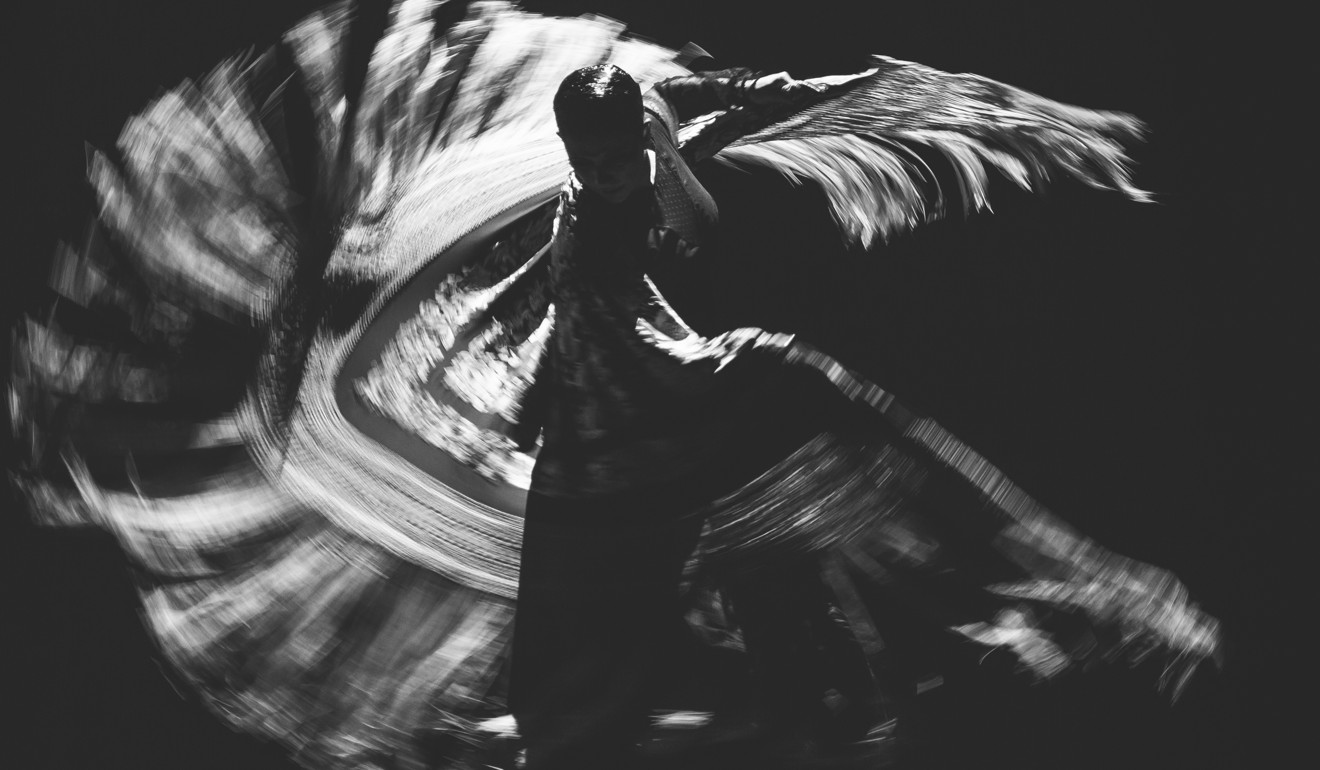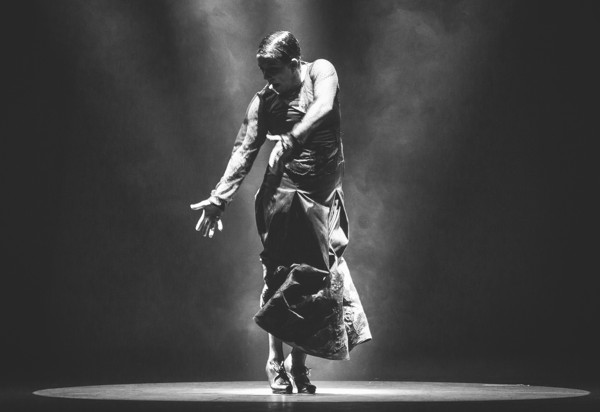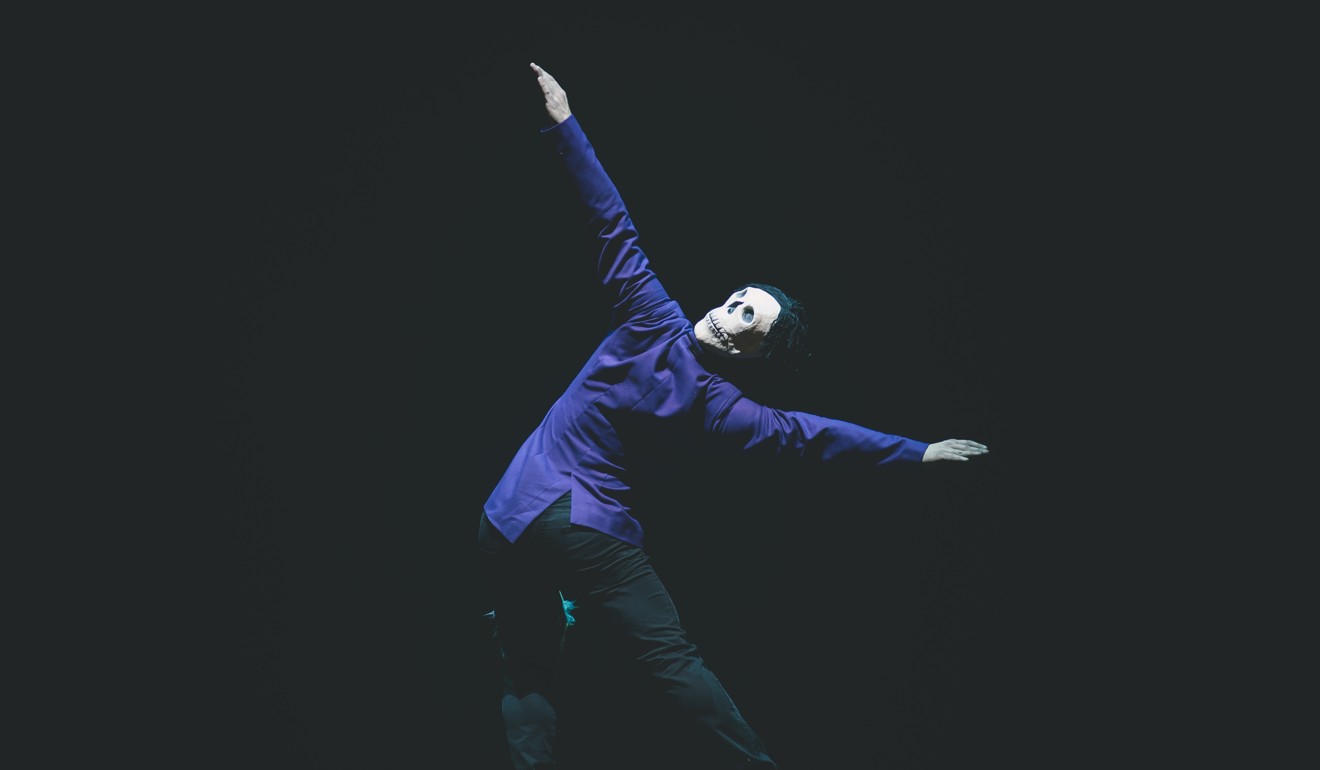
Let’s dance: Flamenco is one ‘valuable lesson in life’ for Hong Kong to learn
Top international dancer of this ancient gypsy form is coming to Hong Kong with her company to stage Aparienciasat the Grand Theatre next month
The first time I ever saw flamenco I was 23, in Madrid on one of my first business trips, and my Spanish colleagues had suggested we meet for a late night drink in a popular flamenco bar.
I was early, and none of my colleagues had turned up. The bar had a very “local” feeling to it, with sawdust on the floor, rough walls and no pretensions – and not even any advertising of the flamenco. It was small; I couldn’t see how there’d be space for a performance.
My friends still had not appeared. I had another drink. It was getting busier. In the corner two men started a fight. And, when that was over, someone started playing a guitar and singing while clapping a curious rhythm.
I found out later that there is a clear distinction between hard claps and soft claps and for some types of flamenco you have to clap (hard or soft) on the 3rd, 6th, 8th, 10th and 12th beats, and for others you have to clap in the spaces – no wonder it sounded complicated.
Just then a woman of about my age, early 20s, dressed in black, long skirt, long sleeves, stood up and everything fell silent. She tapped her feet and it was in the same rhythm as the clapping, and then very slowly she started to dance and it was almost hypnotic.

Then the guitar joined in, and the singer started to sing with a voice husky with smoke and power, and the three of them wove strange sad magic in that bar that night.
“You know flamenco?” said a deep voice in my ear, in heavily accented English. I looked round and it was a woman probably in her fifties who had moved to stand next to me. “I’m her mother,” she said. “She’s good.”
“Tell me about flamenco,” I asked, and I will never forget her answer. “Flamenco is life,” she said, “and it is every lesson you will have in life, rolled into your heart and squeezed out in sweat.”
In flamenco you can communicate with words, she said, but the strongest kind of communication is in code, without words.
You have to have discipline and then you have to let it go.
You need a teacher and yet you have to teach yourself.
And when you get good, then to be better you have to pass it on.
The last thing she said, before moving on to the next place with her daughter, is that most flamenco is improvised. It has never been done before in that way and it will never be done again in that way and you don’t know when a dance or song will end. “And that’s like life as well.”
One of the greatest international flamenco dancers today, Eva Yerbabuena, learned the teaching lesson early on when she was 12 years old, had been dancing for a year and after seeing a performance by the legendary Camarón de la Isla, had decided this is what she wanted to do for the rest of her life.
Undaunted when her parents told her they didn’t have the money to pay for lessons she wrote to the king and queen of Spain asking them if they could help. They didn’t, but her teacher arranged for her – at 12 – to teach younger students, so she could pay for her own lessons.
Since then she has created her own company, choreographed with Pina Bausch and many others, has embraced both traditional and contemporary forms of dance and has become a superstar in the world of flamenco.
She created it with her husband, Paco Jarana, a leading flamenco guitarist, and it includes the haunting vocals of Guinea-Bissau singer Alana Sinkey, and bare-torsoed male dancers wearing masks on their feet and hands, dancing to a frenetic drumbeat and dressed in costumes that bring alive flamenco’s north African and gypsy traditions, and its Catholic and Spanish ones.
The performances of Apariencias – at the Grand Theatre, Hong Kong Cultural Centre – by Yerbabuena and her company, will also feature guest singer Sinkey.
There are several types of flamenco. A few years ago British journalist Christopher Middleton spent a week in Seville learning flamenco dancing, singing and guitar.
On his first day his teacher told him the different styles including: the happy bulería style (“we are here, we are alive, we will have fun”); the very tragic seguiriya style (“hopeless, my mother has just died”).
And somewhere between the two is soleá, which is “sad but not hopeless: my mother is ill but there is a chance she will live”.
This is the kind of flamenco that Yerbabuena is most known for – the kind of dance that strips you emotionally bare, but gives you hope that when you build yourself again, you will be stronger. It is the flamenco of loneliness, but not of loneliness without friends.

The bar, of course, so many years ago in Madrid, in which I sat slightly lonely and with no apparent friends, was the wrong one. Right area, right concept, similar name, wrong place. I found my friends a little later.

The flamenco was advertised outside; I arrived when it was just ending: a man dancing this time. And it was good, but it was not the same at all as the performance I had just witnessed, every feeling in life expressed in a few steps of desolation and hope. And in the waiting I too had experienced a kind of loneliness and yet with joy of solitude and discovery mixed in there too.
Sometimes the best life lessons come when you find yourself in unexpected situations. And make the most of it.

